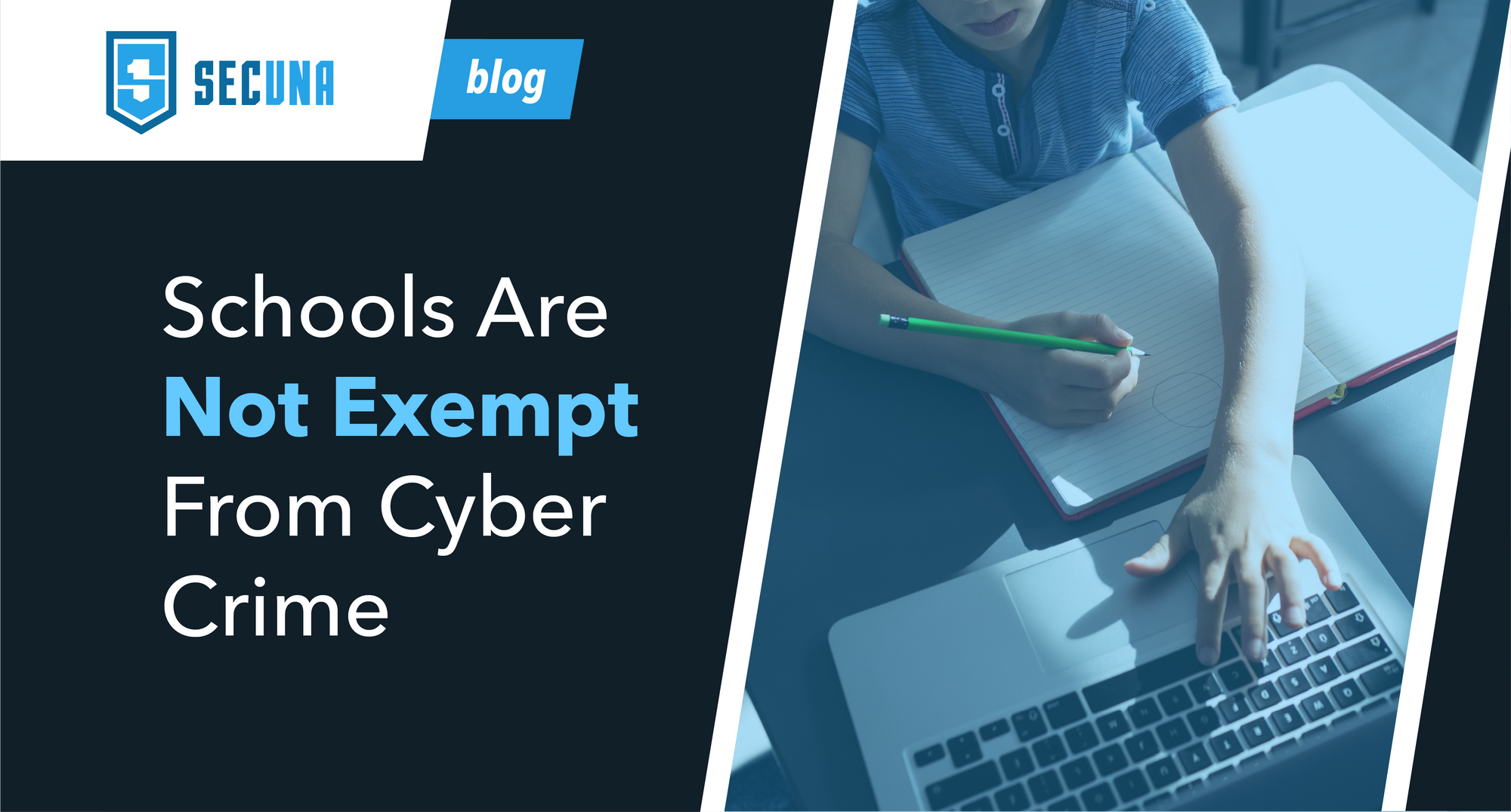While media attention mostly shifts to data breaches in large corporations or even highly-influential individuals, the reality is that no individual or organization is exempt from cyber attacks. After all, data is everywhere, and data is what cybercriminals are after — which is what puts a target on the education sector’s proverbial back. Case in point, schools in the US have reported 301 attacks in 2019 alone, up from 124 in 2018.
Not only do schools store data on hundreds of students, guardians and staff, but they also lack the necessary staffing, funds, and resources to full protect themselves from cyberattacks. This makes it no surprise that cybercriminals find schools an attractive target. Fortunately, we’ve outlined the steps that school officials can take in order to protect their institution without burning a hole in the annual budget.
Encourage students to practice cyber hygiene
As students today are thoroughly immersed in all forms of technology, it’s a no-brainer that they should be taught cybersecurity skills that they can carry with them throughout their lives. The best place they can do this is at school. They can be taught the basics of cybersecurity, such as cybersecurity awareness and simple practices they can do to secure their data online. This can involve events such as seminars on how to identify phishing emails, or utilizing social media to remind students on tactics to stay secure. Whichever the medium, ensuring that students can protect their personal data will play a big role in protecting an educational institutions’ crucial data.
Educate employees on more than the basics
While teaching staff the basics of cybersecurity is vital, continuous education is a must as cybercriminals are constantly searching for new ways to breach systems. Aside from holding a seminar on the basics, encourage staff to stay updated on cyber-attack news and trends, along with emphasizing the importance of constant vigilance. At the end of the day, costly ransomware attacks can be caused by simply opening an email or clicking on the wrong website — and even the most tech-privy individual can become a victim.
Ensure internal and perimeter security
Perimeter security involves network firewalls, web filters, email protection, and application firewalls — all of which are vital to remain secure and avoid attacks. Of course, this goes hand-in-hand with internal security, such as anti-malware programs, intrusion detection & prevention, and data backup. There are cost-effective and affordable products for this, but it may still be a challenge for some schools who lack funds. Fortunately, simple acts such as keeping up with security patches greatly play a role in protecting against the latest forms of malware.
Have incident response capabilities
In the event of an attack, knowing how one can report it is crucial to help cybersecurity personnel isolate and contain it. With Secuna, educational institutions can implement a bug bounty program where security researchers (such as students) can report bugs within the school’s website. Aside from this, ensure that there is a process in place to continuously protect current data should anything get corrupted or removed.
Consider having cybersecurity managed by professionals
The outsourcing industry is vast with capable cybersecurity professionals who can offer the services an educational institution needs for an affordable cost. At Secuna, we offer a managed service where we handle security programs from end-to-end, with continuous optimization of cybersecurity testing. Whether it’s for a school website or application, Secuna has it covered.
Contact Secuna and get end-to-end affordable protection from the latest cyber-attacks today.
Secuna is a trusted cybersecurity testing platform that provides organizations a robust and secure platform that enables them to collaborate with the top security researchers from around the world to find and address security vulnerabilities.

